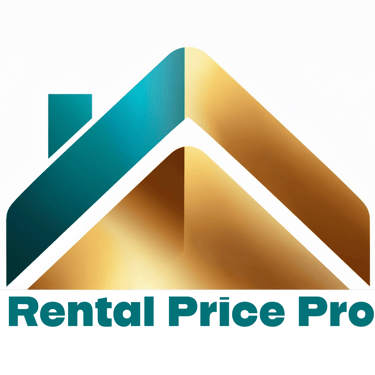The Best Format for Rental Listing Descriptions: A Proven Guide to Increase Your Inquiries
A step-by-step guide that shows you the best formatting for creating a vibrant listing description that increases inquiries.
Adam Eckstein
4/7/20252 min read


The Best Format for Rental Listing Descriptions: A Proven Guide to Increase Your Inquiries
When it comes to rental listings, structure matters just as much as the content. A well-formatted, informative, and compliant description can dramatically increase leads and reduce time on market. Below is a proven format—based on A/B tested examples—that strikes the perfect balance between engaging copy, transparency, and legal compliance.
1. Start With a Compelling Headline
Your headline is the hook. Use descriptive but neutral language that focuses on the property’s best features.
Example: "Modern Elegance Meets Urban Living – Your Sanctuary in the Heart of the City"
Avoid: “Ideal for young professionals” or “Perfect for families,” which can violate Fair Housing laws.
2. Follow With a Brief Intro Paragraph
Open with 2-3 lines summarizing what makes the home appealing. Use emotional language to highlight comfort, design, or lifestyle — but keep it about the property, not the ideal tenant.
Example:
"This delightful residence offers a perfect blend of comfort, style, and convenience. With 3 bedrooms, 2 bathrooms, and 1,470 sqft of well-designed living space this home offers a modern layout in a central location."
3. Add a Structured “Key Features” Section
Make it easy to scan. Use consistent formatting and bullet points. Include essential specs like:
Bedrooms: (Number of Bedrooms)
Bathrooms: (Number of Bathrooms)
Square Footage: (# of Sq. Ft.)
Parking: (Garage, Driveway, Street Parking)
Laundry: (Yes/No)
Appliances: (What is in the home, Washer, Dryer, Fridge)
Pet Policy: (Cats/Dogs/Both Cats and Dogs/None)
Outdoor Space: (Yes/No)
Utilities: (What is included / not included and the $/Month)
HOA/Fees: ($/Month)
4. Use a Paragraph Format After "Key Features" to explain the unique charm of the home.
Highlight what makes the property unique using neutral, benefit-focused language. This can include:
Natural light and layout
Kitchen and bath details
Climate control (e.g., A/C, radiant heat)
Bonus spaces like lofts or private decks
Keep it descriptive, not directive. For example, say:
“The primary suite includes a walk-in closet and private bathroom,”
Not: “Perfect for a working couple.”
5. Write a Location & Neighborhood Paragraph
Focus on access to amenities, transit, and convenience. Avoid language that references the demographic makeup of the area.
Example:
Located in the vibrant community of West Seattle, this home offers proximity to cafes, shopping, and transit— all just minutes away.
Avoid: “Safe neighborhood” or “family-friendly area.”
6. Clearly Outline Lease Terms & Application Info
Transparency builds trust and filters out unqualified leads. Include:
Lease length and move-in availability: (Date Available from in the DD/MM/YY format)
Application fees and platform fee: ($ Fee)
Deposit amount: (1 Month or more)
Income and credit score requirements: (Any Requirements such as 650 Credit Score)
Pet restrictions and renter’s insurance policy: (Required / Not Required)
7. End With a Strong Call-to-Action
Invite prospective renters to take the next step.
Example:
Ready to tour this beautiful home? Contact us today to schedule your viewing.
Final Thoughts: Why Format Matters
A strong listing format improves lead quality and keeps you compliant with Fair Housing laws. Stick to property facts, use bullet points for clarity, and avoid subjective or exclusionary phrases.
Unlock Your Property's Full Earning Potential
Ready to maximize your rental income? Submit an inquiry today and discover how Rental Price Pro's data-driven strategies can boost your property's profitability!
Solutions
Customized pricing strategies for maximizing rental revenues.
Contact
Need Help?
contact@rentalpricepro.com
© 2025. All rights reserved.
